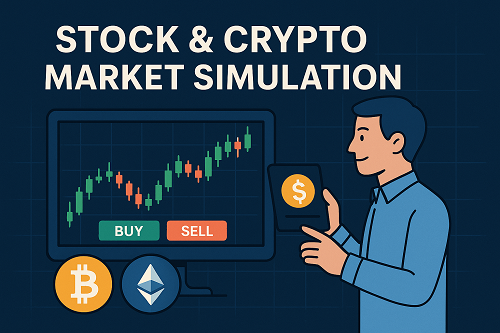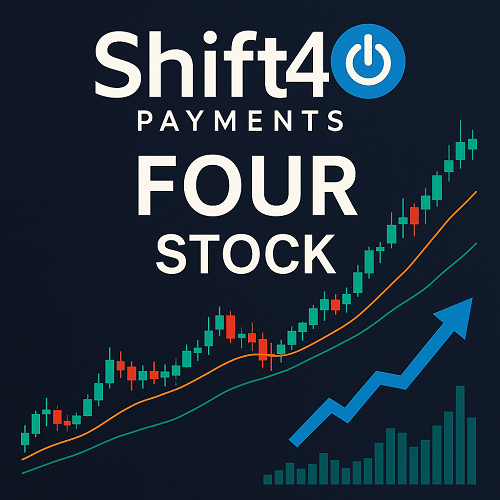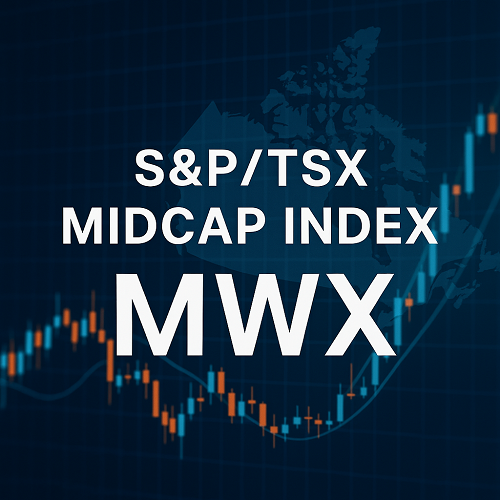What Is a Market Simulator?
A market simulator, sometimes called a paper trading platform, or a stock market simulator, is a tool that mimics real financial markets using real-time or delayed data but with virtual (fake) money. It lets traders test strategies, learn market mechanics, and build confidence — all without risking capital.
Simulators are available for:
- Stock trading — equities, ETFs, options
- Forex trading — major, minor, exotic currency pairs
- Cryptocurrency trading — Bitcoin, Ethereum, altcoins
In essence, a simulator is a sandbox environment: you place “mock orders,” watch how they would have executed, and measure outcomes as if real, but without financial exposure.
Why Use a Trading Simulator? — Key Benefits
Using a market simulator delivers several compelling advantages:
| Benefit | Description |
|---|---|
| Zero risk to capital | You can learn without losing real money. |
| Test and refine strategies | Try out technical, fundamental, or algorithmic approaches. |
| Confidence building | You gain psychological composure before stepping into live markets. |
| Understanding mechanics | You learn how order types, slippage, spread, and execution work. |
| Performance measurement | Track metrics — return, drawdown, win rate, risk/reward. |
| Skill adaptation | You evolve with markets (stocks, forex, crypto) with no financial penalty. |
Even advanced traders benefit by backtesting new ideas or stress-testing in simulated high-volatility periods.
Types of Simulators & Their Features
Not all simulators are equal. Here are the key variants and features to watch out for:
Real-Time vs Delayed Data
- Real-time simulators use live market feeds (or near-live) so your mock trades reflect current market behavior.
- Delayed simulators lag behind by seconds or minutes; less ideal for short-term or high-frequency strategy testing.
Asset Class Support
- Stock & ETF simulators tend to be most ubiquitous.
- Forex simulators require currency bridge and often include margin simulation.
- Crypto simulators may support coins, token pairs, and even derivatives.
Order Types & Execution Modeling
The more realistic ones support:
- Market orders, limit orders, stop orders
- Trailing stops, bracket orders
- Partial fills, slippage modeling, commission simulation
Backtesting & Replay Mode
- A backtest engine lets you test past data across your strategy rules.
- A replay mode (aka “market replay”) lets you replay historical sessions in real time to practice.
Leaderboards, Social Features & Competitions
Some simulators gamify the experience with public leaderboards, competitions, or community challenges to spur engagement.
Mobile vs Web vs Desktop
- Web-based: accessible via browser
- Desktop apps: often more performance, charting depth
- Mobile apps: trade on the go
How to Choose the Best Simulator for You
Selecting the right simulator depends on your goals. Here are essential criteria:
- Realism & Execution Fidelity
The simulator should realistically mimic execution conditions including spreads, slippage, order fills. - Market Data Quality
Prefer real-time or low-latency data feeds rather than severely delayed ones. - Multi-Asset Support
If you plan to trade across stocks, forex, and crypto, go for a simulator that supports all. - Usability & Interface
Clean UI/UX, intuitive charting, order flow visibility, layout flexibility. - Analytics & Reporting
Ability to review trade metrics: Sharpe ratio, max drawdown, expectancy, risk metrics. - Cost & Limitations
Many simulators are free; others charge premium features. Be mindful of account limits, refresh caps, or trade quantity limits. - Community / Education Integration
Tutorials, lessons, discussion forums, and guided challenges are valuable for learning.
Top Stock & Crypto Simulators in 2025 — Comparison
Below is a curated comparison of leading simulators currently considered among the best in 2025, with pros, cons, and standout features.
Investopedia Stock Simulator
Pros:
- Established brand, widely known
- Social/community aspect, leagues & competitions
- Good UI & beginner-friendly design
Cons:
- Primarily stock-focused, limited or no crypto/forex support
- May lack advanced features like margin simulation or slippage modeling
TradingView Paper Trading
Pros:
- Integrates with TradingView charting tools
- Broad asset support (stocks, forex, crypto)
- Good order types
Cons:
- Execution modeling is basic
- No deep performance analytics by default
Webull Paper Trading
Pros:
- Real-time data
- Good for U.S. equity & options markets
- Intuitive mobile + desktop apps
Cons:
- No crypto support (or limited)
- Less robust analytics than dedicated platforms
ThinkOrSwim (paperMoney)
Pros:
- Sophisticated tools, professional-grade platform
- Huge feature set: options, futures, advanced charting
Cons:
- Steeper learning curve
- Desktop client required for full features
Crypto-Specific & Multi-Asset Simulators
- Crypto Parrot: Focuses solely on crypto trading simulation
- CoinMarketGame: Simple crypto simulator for newcomers
- Niffler: Supports cryptos + stocks in one demo environment
Broker Demo Accounts with Simulated Funds
Many forex and crypto brokers (e.g. Binance demo, MetaTrader demo accounts) let you paper-trade with realistic spreads & liquidity.
| Simulator | Asset Coverage | Execution Realism | Analytics | Ideal For |
|---|---|---|---|---|
| Investopedia | Stocks (ETFs) | Moderate | Basic but usable | Beginners, social competition |
| TradingView | Stocks, Forex, Crypto | Basic | Moderate | Chart-centric traders |
| ThinkOrSwim | Equities, Options, Futures | High | High | Experienced / advanced traders |
| Crypto Parrot | Cryptocurrencies | Basic-to-Moderate | Basic | Crypto beginners |
| MT4/MT5 Demo (Broker) | Forex, also stocks/crypto via broker | High (if provider is good) | Varies | Strategy testing in your trading environment |
Best Practices for Using a Simulator Effectively
To maximize your learning and prevent bad habits, here’s how to use a simulator well:
Treat It Seriously
Don’t take it as a game: follow the same discipline, journaling, and strategy rigor as you would in real trading.
Maintain Realistic Risk Constraints
Don’t overleverage or adopt unrealistic bet sizes — limit yourself to drawdowns you’d accept in real life.
Use it for Strategy Validation
- Shake out bugs in algorithmic ideas
- Test portfolio allocations
- Learn timing signals, entries/exits
Keep a Trading Journal
Keep notes on rationale, emotions, mistakes — self review is critical.
Periodically Compare Against Benchmark
Compare your returns vs. a benchmark (e.g. S&P 500, BTC total return) to see if you’re adding alpha.
Stress-Test in Different Market Regimes
Simulate bull, bear, volatile, flat periods to see how your system reacts.
Common Pitfalls & How to Avoid Them
Simulators aren’t perfect. Be aware of these pitfalls:
- Overconfidence bias: Winning in simulation doesn’t guarantee real success.
- Lack of emotional stakes: You don’t feel real loss aversion in demo mode.
- Ignoring slippage & commission: Some simulators make all executions “ideal,” which leads to unrealistic results.
- Over-optimization / curve-fitting: Tweaking a strategy to perfection on past data is dangerous.
- Drift from real account behaviors: Real accounts have downtime, latency, capital constraints.
To mitigate:
- Always include slippage/commission in simulations if possible.
- Trade with the same money you would risk in real life.
- Occasionally replicate your simulator trades in small real trades (micro size) as a reality check.
From Simulator to Live Trading — Transition Strategy
Moving from simulation to live trading is a delicate process. Here’s a phased roadmap:
- Start with micro-sized capital — Trade with a small fraction of your planned capital (e.g. 1–5 %).
- Mirror your simulator trades — Start by copying your own simulated entries, so disparity in performance reveals flaws.
- Raise gradually — As confidence and consistency grow, scale position size slowly.
- Maintain strict risk rules — Never risk more per trade than your simulation limits allowed.
- Preserve psychological hygiene — Expect slippage, drawdowns, and emotional stress. Treat them as part of the learning curve.
- Continue journaling & review — Compare simulated vs real trades; refine your method.
The transition phase is where many traders fail — the edge must survive real-world frictions.
Frequently Asked Questions (FAQs)
Q: Can I achieve realistic results with a simulator?
A: Yes — if the simulator models execution, slippage, commissions, and partial fills rigorously. But nothing replaces real-world trading discipline under emotional stress.
Q: Are there free simulators or paper trading platforms?
A: Absolutely. Many brokers and platforms offer free demo accounts. Some premium platforms add advanced features under subscription.
Q: How long should I use a simulator before going live?
A: No fixed duration. Use it until you consistently beat benchmarks over a representative sample (e.g. 6–12 months), and your simulated equity growth and drawdowns feel realistic.
Q: Does using a simulator improve my trading?
A: It improves mechanics, idea validation, and familiarity — but emotional resilience, consistency, and adaptation must come via live trading too.
Conclusion & Next Steps
A well-chosen market simulator is a cornerstone in any trader’s education toolbox. Whether you’re launching your first trades in stocks, forex, or crypto — using simulation lets you train your mind, test your edge, and build confidence without risking capital.
To outrank pages like Investopedia’s simulator offering, your content must go deeper — offering side-by-side comparisons, best practices, pitfalls, and transition guidance.
Next Steps for You:
- Pick one or two top simulators and use them intensely for several months
- Document your results, observe where slippage/commission cost kills performance
- Begin transitioning with micro capital, closely replicating your simulation setups
- Maintain a journal and keep improving





 XAUT-USD
XAUT-USD  AMD
AMD  MARA
MARA  SHOP
SHOP  BULL
BULL  CL=F
CL=F